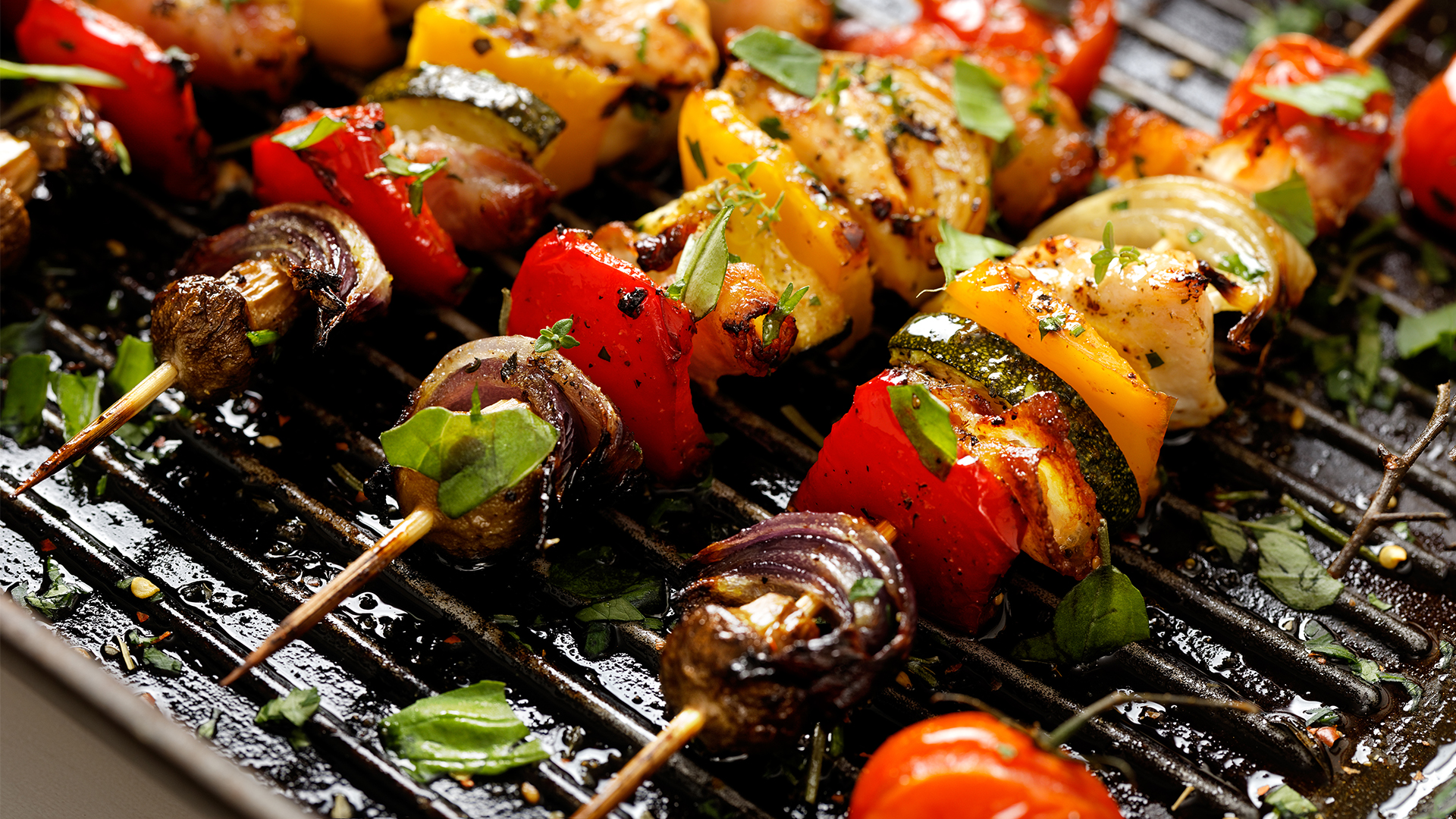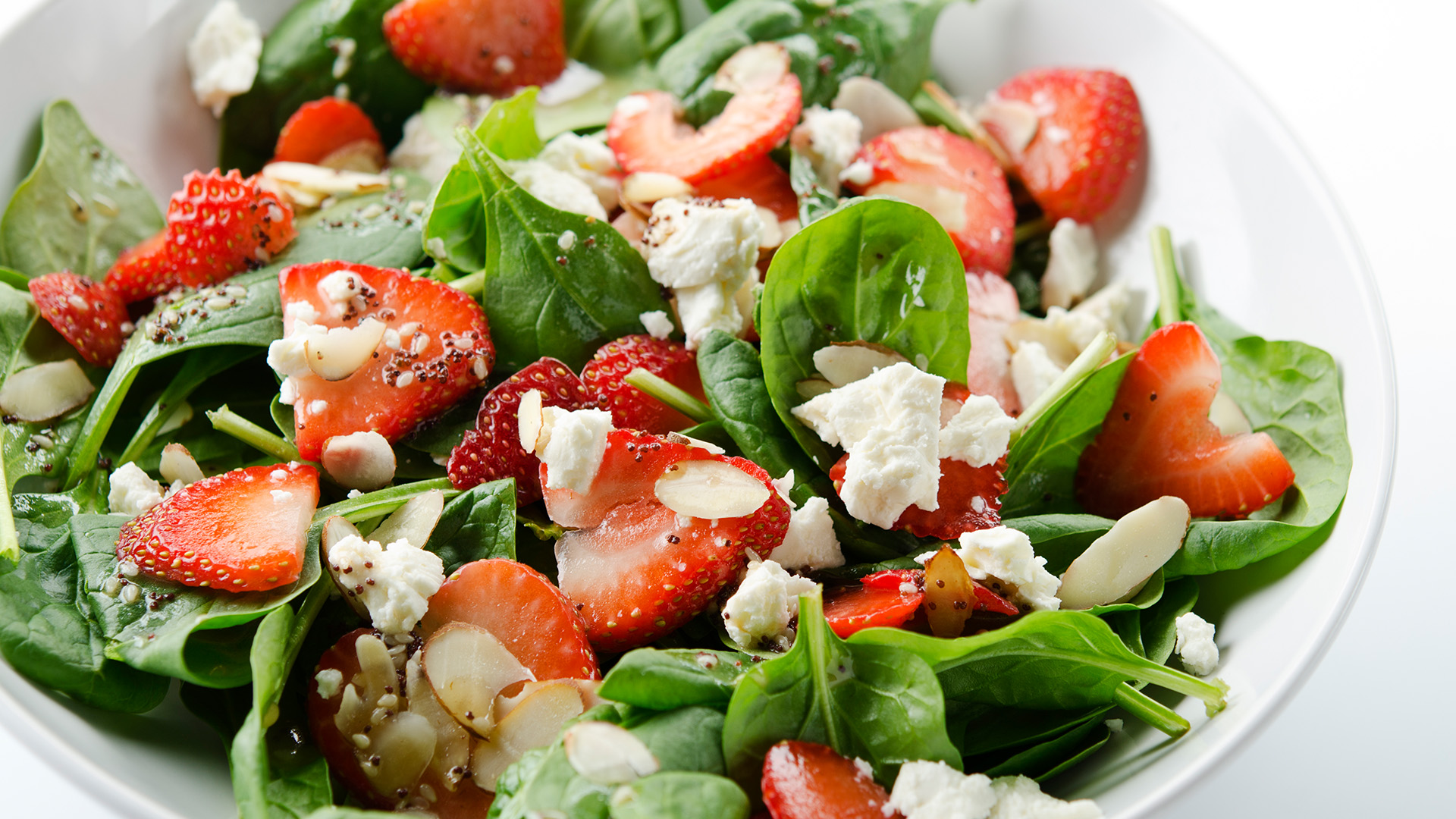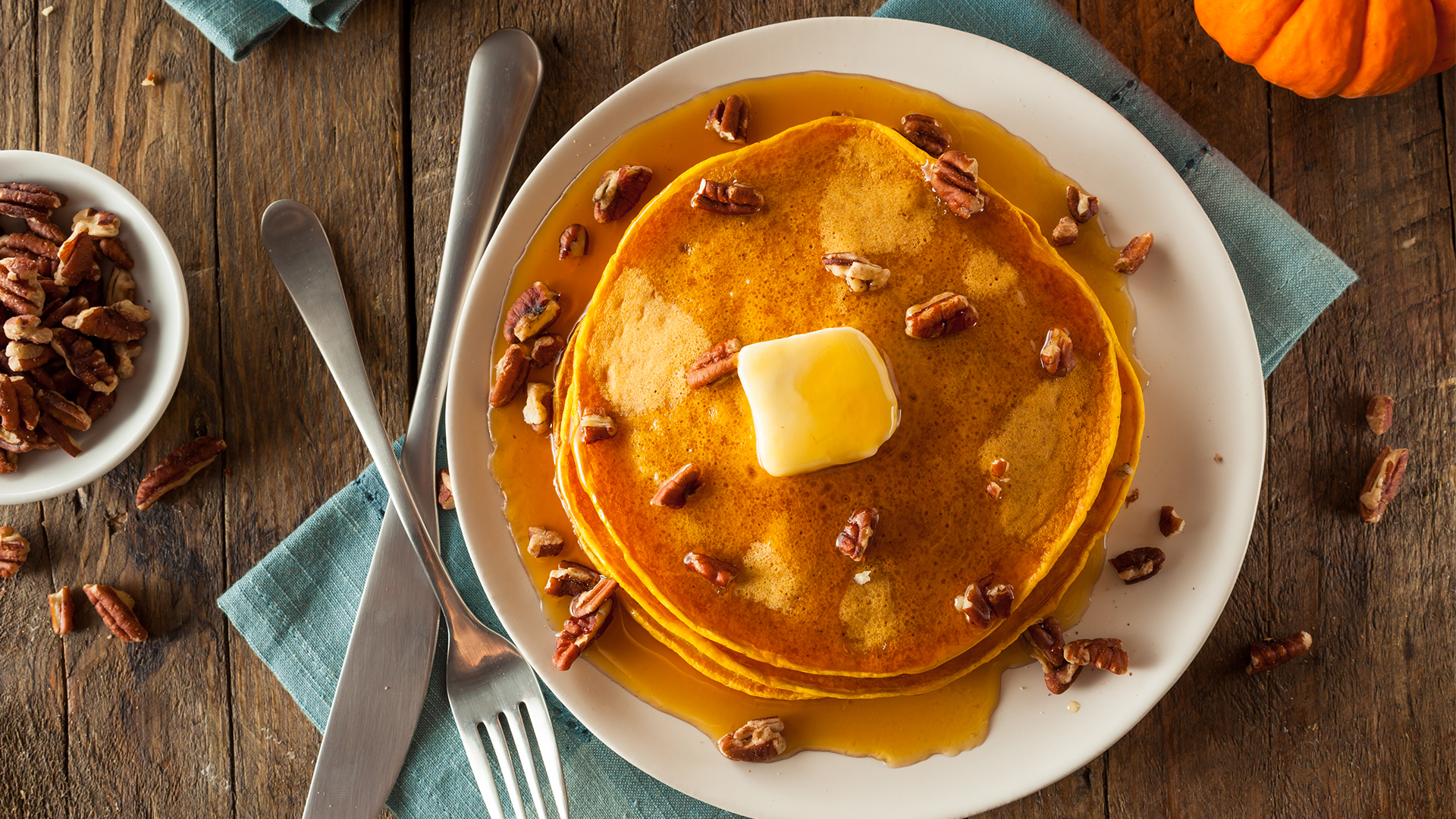Not All Carbs Are Created Equal
By Benjamin Kaplan, MD, Internal Medicine Physician at Orlando Health
Rice, pasta, fruits and vegetables. These foods are all carbohydrates — but they don’t share the same nutritional benefits for your body. You’ve probably heard the terms “good carbs” and “bad carbs” — it’s true that some forms of carbohydrates are better for you than others. Here’s what you should know:
Carbs 101
Along with fat and protein, carbohydrates form one of three main nutrient groups. Our bodies convert absorbed carbs into glucose to use for energy. When our bodies get their fill of glucose, we store the excess in two ways: in our muscles, liver and kidneys or as fat for future use.
The two main types of carbohydrates are simple carbs and complex carbs. Simple carbs are sugars found naturally in foods such as fruits and milk. They also are found in foods with processed and refined sugars such as candy, table sugar, syrups and soft drinks. While simple carbs are easily digestible and provide quick energy, not all simple carbs are good for you. The refined sugars are the culprits to stay away from because they contain a lot of calories with no essential nutrients.
Complex Carbs and Fiber
Complex carbs make up foods with starch and fiber, including vegetables, whole grains, beans, potatoes and corn. One of the benefits of fiber is that it holds things in the gut, such as cholesterol, simple carbs and water. Holding cholesterol in the gut helps to fight plaque build-up in the arteries and heart disease.
Fiber also slows down the digestion of simple carbs, which helps prevent blood-sugar spikes. This is why consuming fruit juices isn’t as healthy as consuming whole fruit. Juicing removes the pulp, which contains all of the fiber.
Your recommended amount of fiber varies according to your age and gender, but the average daily diet of 2,000 calories should include at least 28 grams of fiber per day. Ideal sources for this are vegetables, beans, fruits and whole grains.
Why the Glycemic Index Matters
To make sure you choose the healthiest carbs, it’s important to understand a food’s glycemic index (GI), the value assigned to it based on how the food affects your blood sugar. Carbohydrates with a high GI will raise your blood sugar faster and more intensely than foods with a lower GI. A good rule of thumb is that if it’s white, it has a higher GI.
Keeping your blood sugar at a steady level is important for everyone, but especially those with diabetes or other chronic health conditions. Large spikes in blood glucose over time can lead to diabetes, heart disease and other health problems.
3 Levels of Carbs
To stay healthy, focus on consuming mostly low and some medium
GI foods, while reducing your consumption of high GI foods.
Low GI Foods:
Beans, chickpeas, lentils
Bran cereals
Green vegetables
Most fruits
Skim milk
Sweet potatoes
Medium GI Foods:
Bananas
Brown, wild or basmati rice
Multigrain or rye bread
Oat breakfast cereals
Quinoa
Raisins
Sweet Corn
High GI Foods:
Candy and cookies
High-sugar beverages
Pizza
Pretzels and corn chips
Short grain white rice
Sweetened fruit juices
White bread
White potatoes
White pasta
Find more articles about health and nutrition at OrlandoHealthBlog.com.









